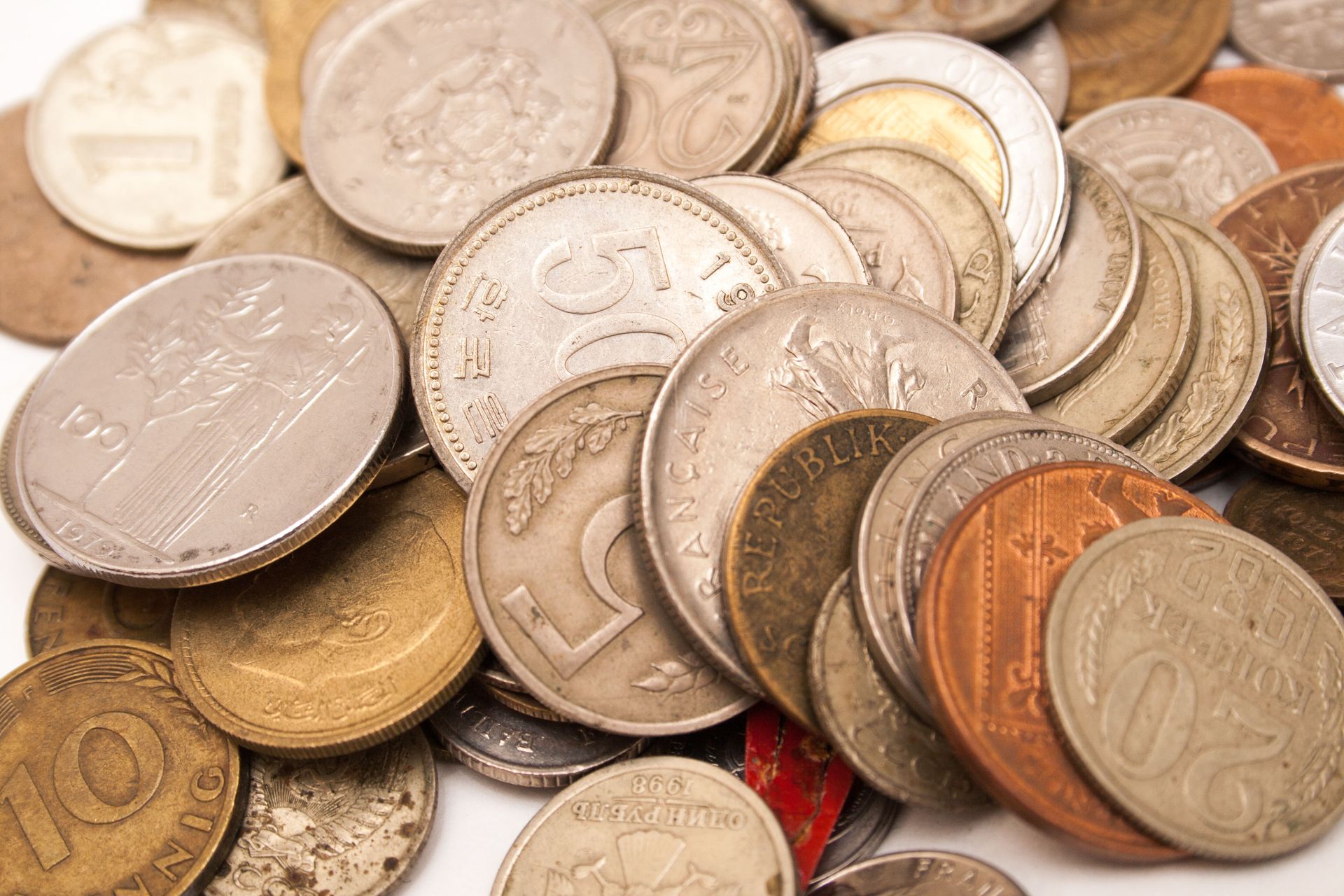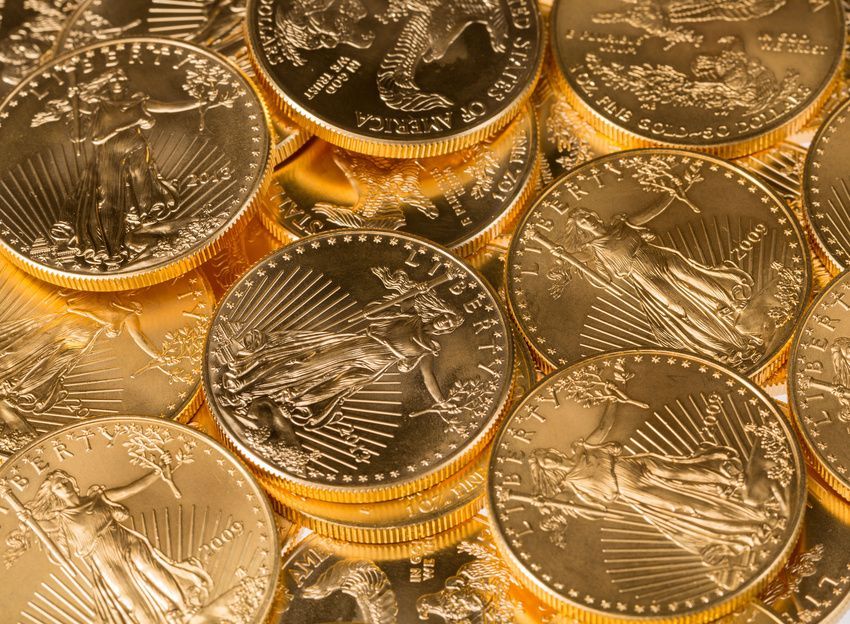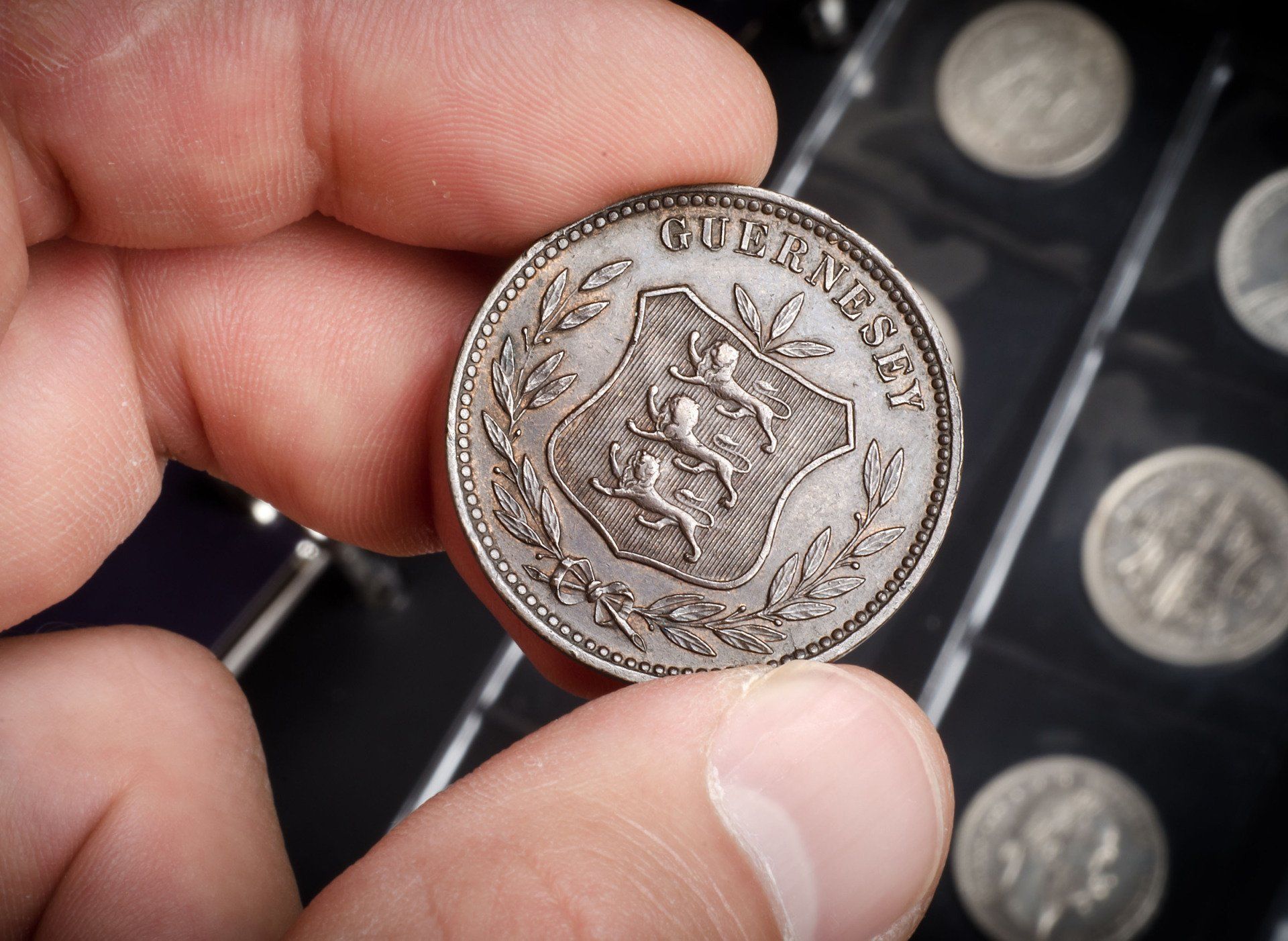Earning Your Trust, One Coin At A Time
What Makes a Coin Valuable?
Coin collectors around the globe are obsessed with the value of their collections. Currently, there are many rare coins that are being sold for millions, and naturally, you might want to know what makes a coin valuable. There are several factors that affect the value of coins, and some of them are listed below.
Mintage/Supply
It makes sense that the number of currently available coins can determine whether a coin is valuable or not. Apart from that, you can also check out the mintage of the coin. Mintage refers to the total number of produced coins. Using the economic principles of supply and demand, when there are many coins available in circulation, they will not be worth a lot because everyone can lay their hands on one. This is why pennies are not so valuable. Because an average penny remains in circulation for 40 years, there tends to be a lot of them making rounds (per United States Mint).
On the other hand, coins that are difficult to come by for one reason or the other are quite expensive. For instance, the 1921 50-cent coin is a perfect example of how scarcity can influence the value of a coin. This coin was taken out of circulation and melted, and this made it a rare coin and increased its value significantly.
Appearance
The appearance of a coin can also affect its value. This is known by collectors as eye appeal. The rule of thumb when it comes to eye appeal is that coins that look attractive are in higher demand than unattractive coins. However, for this to work, the majority of collectors have to be in agreement that a particular coin looks good.
Demand for a Coin
Coins, just like any other commodity, also follow the rules of supply and demand. This means that the higher the current demand for a particular coin, the more expensive it's going to be. The demand for coins is generally driven by collectors. However, sometimes the demand can be so high that it ends up affecting the price of a coin. This means there has to be some sort of balance. The law of demand helps to explain why some older and rarer coins are more valuable than new coins. For instance, coin collectors value the 1944 Lincoln steel wheat penny a lot more than they would price a 2007 Lincoln cent.
These factors, together with the grade of a coin, help to determine its value. The grade simply refers to the condition that the coin will be in. Generally, coins are graded on a scale of one to 70. You must note, however, that if you are new in the field of collection coins, it's always advisable to consult someone with more experience if you are not sure of what you are looking at.




Share On: